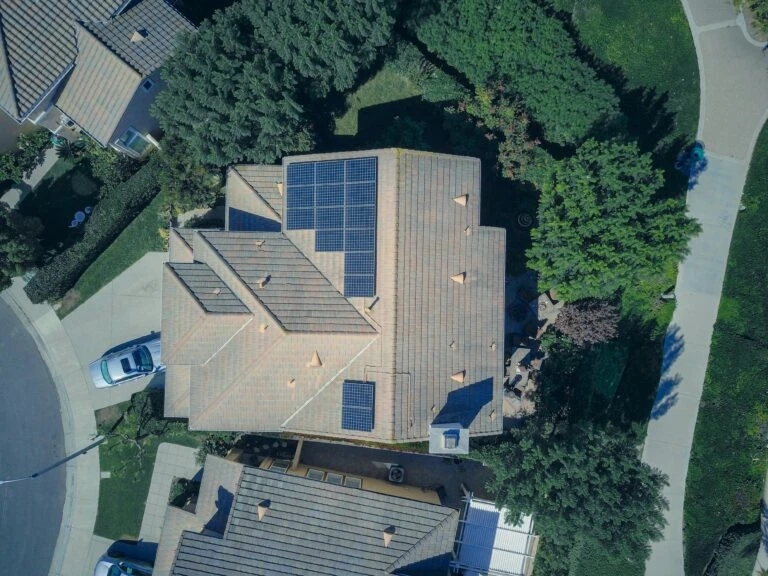With the rise in electricity costs and growing interest in renewable energy, more homeowners are choosing to invest in solar power systems. However, solar panels alone may not be enough if you're looking for complete energy independence. That’s where home solar batteries come in. A solar battery stores excess energy produced during the day for use at night or during outages. But choosing the right battery isn’t simple. It requires understanding your energy needs, budget, system compatibility, and more.
In this blog, we’ll explore seven key factors to consider before buying a home solar battery, so you can make an informed, cost-effective, and future-ready decision.
1. Battery Capacity and Power Output
The capacity of a solar battery refers to how much energy it can store, measured in kilowatt-hours (kWh). For example, a 10 kWh battery can store 10 kilowatt-hours of energy. But that doesn't mean it can deliver all of that at once. That’s where power output comes in, usually measured in kilowatts (kW).
● Capacity tells you how long the battery can run your appliances.
● Power output tells you how many devices it can run at once.
If you want to run just a few lights and a refrigerator during a power outage, a low-capacity battery might be sufficient. But if your aim is to go nearly off-grid or power large appliances like HVAC systems, you'll need higher capacity and output.
When selecting the best solar battery for home, make sure both the capacity and power output align with your daily energy usage and backup needs.
2. Depth of Discharge (DoD)
Depth of Discharge refers to the percentage of a battery's capacity that can be used without harming its lifespan. Most batteries shouldn’t be drained to 0%. For instance, a battery with a 10 kWh capacity and 90% DoD allows you to safely use up to 9 kWh.
Why does this matter?
● A higher DoD means you get more usable energy from your battery.
●Lithium-ion batteries generally offer higher DoD (up to 90-95%) compared to lead-acid batteries (50-60%).
Always check the manufacturer’s specifications. A battery with a higher DoD will generally be more efficient and longer-lasting.
3. Battery Life and Warranty
The lifespan of a solar battery is typically measured in charge cycles—how many times it can be charged and discharged. This directly affects how long the battery will last.
● Lithium-ion batteries: Usually last 10+ years or 5,000–10,000 cycles.
● Lead-acid batteries: Last about 3–5 years or 500–1,500 cycles.
Reputable manufacturers often provide warranties between 5 to 15 years. However, pay close attention to what’s covered. Some warranties are based on time, while others are based on performance or total energy throughput.
When looking for the best solar battery for home, choose one with both a long lifespan and a solid, performance-based warranty.
4. Compatibility With Your Solar System
Not all batteries work with all solar systems. Some are designed to integrate only with specific inverter brands, while others offer broader compatibility.
Check these three things:
● Inverter compatibility: Is the battery compatible with your current inverter or will you need to replace it?
● AC vs. DC coupling: AC-coupled systems are easier to install with existing solar panels, while DC-coupled systems are more efficient for new installations.
●Smart system integration: Many modern batteries can connect with home energy management systems for better monitoring and control.
It’s wise to consult with a qualified installer to ensure that the battery will work efficiently with your current or planned solar setup.
5. Cost and Available Financing Options
Solar batteries are not cheap. Prices can range from $5,000 to $15,000 or more, depending on the brand, capacity, and installation costs. However, the good news is that there are various solar financing options available to make your investment easier.
Some popular financing options include:
● Solar loans: Offered by banks or solar companies with flexible terms.
● Power Purchase Agreements (PPA): Pay only for the energy you use, not the equipment.
● Leasing options: Use the battery without owning it, which may reduce upfront costs.
● Government rebates and tax incentives: Depending on your location, you may qualify for federal or state-level financial support.
If you’re tight on budget, explore the best solar financing programs for homeowners in your area. These can dramatically lower your upfront investment and make battery storage more accessible.
6. Backup Power and Energy Independence
One major benefit of home solar batteries is backup power during outages. But how much of your home will it really power? That depends on:
● Battery size
● Inverter capacity
● Critical loads in your home
Some systems can run a few lights, Wi-Fi router, and fridge for hours, while others can power your entire home for a day or two.
If your goal is complete energy independence or seamless backup during emergencies, choose a battery that supports whole-home backup. You might need multiple batteries depending on your needs.
Also, check whether your system allows for battery expansion later if your power demands grow.
7. Efficiency and Round-Trip Losses
No battery is 100% efficient. During charging and discharging, some energy is lost. This is known as round-trip efficiency. For example, if a battery has 90% efficiency, it means you get back 9 kWh for every 10 kWh stored.
● Lithium-ion batteries: Usually have 90–95% round-trip efficiency.
● Lead-acid batteries: Often fall below 85%.
The higher the efficiency, the less solar energy is wasted and the more savings you’ll achieve. While high-efficiency batteries may cost more upfront, they often provide better long-term value.
In Conclusion:
Buying a home solar battery is a big decision that goes beyond just picking a product off the shelf. You need to evaluate your energy needs, budget, system compatibility, and long-term goals. A high-quality solar battery can help reduce reliance on the grid, lower your energy bills, and provide peace of mind during blackouts.
With the right planning, a home solar battery can be a smart, sustainable, and budget-friendly addition to your solar system.



